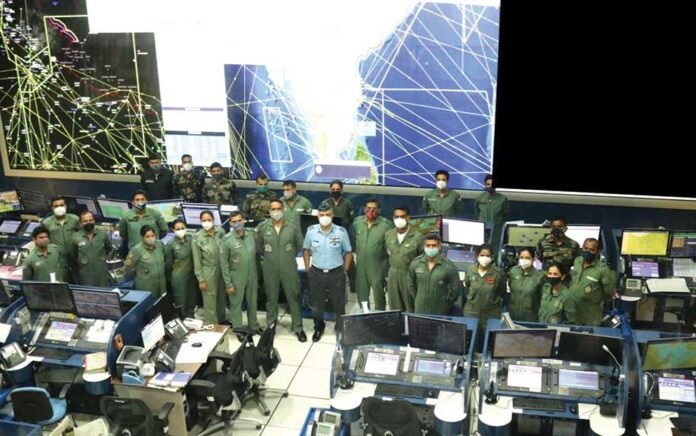On April 22, 2025, a few Lashkar-e-Taiba (LeT) terrorists armed with automatic machine guns descended on holidaymakers in Baisaran Valley near Pahalgam, killing twenty-six civilians, including mostly Hindu tourists, a Christian tourist, and a local Muslim, in full view of their families. An enraged Prime Minister Narendra Modi vowed to act, and he did. He chaired military meetings, consulting each Service Chief and the Chief of Defence Staff (CDS) to assess the circular error probable (CEP) and the likelihood of success of the weapons to be deployed to teach Pakistan a lesson. He granted the Army, Navy, and Air Force Chiefs a free hand to act.
Just after midnight on May 7, India unleashed the might of its tri-service lethality to destroy nine Pakistani terror infrastructure bases with waves of air- and land-launched Hammer, Scalp, Spice-2000/MPR, and BrahMos missiles, alongside loitering Kamikaze Harop and Harpy drones. The operation, named ‘SINDOOR’—the vermilion powder symbolising the sanctity of marriage—relied on deceptive tactics and decoys to maintain secrecy. The Prime Minister acted as India’s de facto Commander-in-Chief (C-in-C) with Cabinet Control.
The Constitution of India vests the supreme command of the armed forces in the President under Article 53(2). However, the Prime Minister, as head of government, exercises significant control over defence policy and military operations through the Cabinet Committee on Security. This authority is termed ‘Cabinet Control’. Fifty-five years ago, during the 1971 war for Bangladesh, Prime Minister Indira Gandhi assumed a role akin to C-in-C. She did not face a nuclear foe and had the Soviet Union’s support and the Mukti Bahini forces to bolster India’s Armed Forces. In contrast, PM Modi faces now a nuclear-armed Pakistan, which harbours terrorism with tacit support from China.
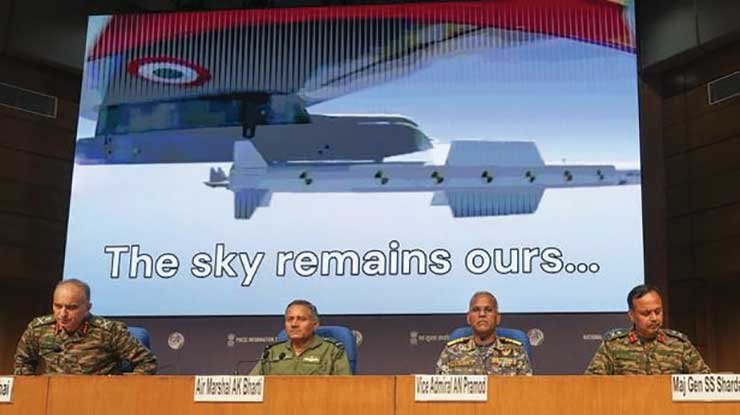
Nine Pakistani terror camps, including the headquarters of LeT and Jaish-e-Mohammed (JeM) at Muridke and Bahawalpur, respectively, were struck. Credit goes to India’s intelligence agencies and ISRO, which utilised RISAT, EMISAT, GSAT-7 SIGINT relay, and Cartosat satellites to map radar blind spots and pinpoint terror camps using GPS and terrain mapping, enabling precision strikes and capturing battle damage imagery. No Indian forces crossed the border. Pakistan was informed that Operation Sindoor targeted only terrorist camps, not Pakistan itself.
India unleashed the might of its tri-service lethality to destroy nine Pakistani terror infrastructure bases with waves of air- and land-launched Hammer, Scalp, Spice-2000/MPR, and BrahMos missiles, alongside loitering Kamikaze Harop and Harpy drones
The scale and intensity of Operation Sindoor took Pakistan and the world by surprise. From May 7-9, Pakistan retaliated with 155mm guns across the International Border in the Jammu sector and the Line of Control (LoC). It attempted attacks from Kashmir to Rajasthan and Bhuj in Gujarat, using Bayraktar TB2 (Songar) Turkish drones and missiles. No planes crossed the border. India’s armed forces responded swiftly, neutralising most Fateh missiles and Chinese JL-9 missiles from J-10C planes, and launched retaliatory strikes on 11 Pakistani military installations and air bases, including Sukkur, Sargodha, Sialkot, Bholari, Kamra, and Pasrur. India’s counterstrikes proved effective, destroying the Chinese HQ-9 (Hong Qi-9) air defence system and rendering 11 Pakistani air bases non-operational. Sensing significant damage, Pakistan’s DGMO, Maj Gen Kashif Abdullah, contacted India’s DGMO, Lt Gen Rajiv Ghai, and both sides agreed to cease all firing and military action from 1700 hours IST on May 10, 2025.
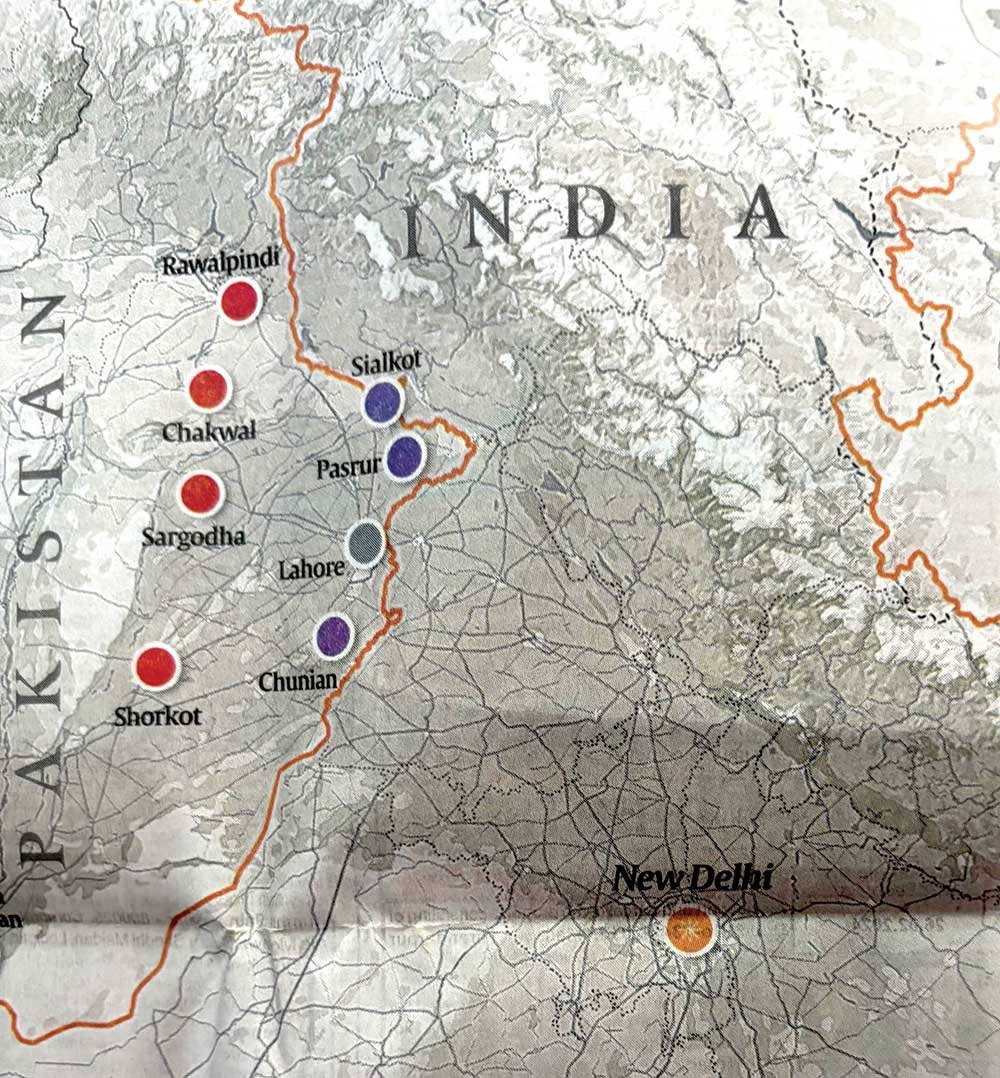
The details of exact damages, losses, and weapons employed will be confirmed when made public. Pakistan’s arsenal included JL-9 missiles fired from J-10C planes, HQ-9B SAMs, YLC-8B radars, ZDK-03 AWACS from China, and AIM-120C AMRAAMs on F-16s supplied by the USA. On the Indian side, the performance of BrahMos missiles launched from land, SU-30 MKI aircraft with SPICE-2000/MPR bombs, KH-35 missiles, Kamikaze Harop and Harpy drones, and the efficacy of air defence systems like Akash, Spyder, and associated Akashteer radars was remarkable.
PM Modi addressed the nation on May 12, establishing red lines for dealing with Pakistan: a terror attack would constitute an act of war; talks and terrorism cannot coexist until Pakistan dismantles its terror network; and blood and water cannot flow together. This signalled that India will hold the Indus Water Treaty in abeyance until Pakistan ceases supporting terrorism and may renegotiate it.
The Army’s Cold Start doctrine was tailored to accelerate Army readiness, as the Air Force’s response is swift, and the Navy’s readiness, with ships armed as in Op Sindoor, could wreak havoc on Pakistani ports and blockade shipping.
Op Sindoor effectively disrupted Pakistan’s terror infrastructure. US media reported that President Trump and his staff studied Op Sindoor for Operation Midnight Hammer, launched against Iran on June 21, 2025, with strikes occurring between 6:40 PM and 7:05 PM Eastern Time (2:10 AM to 3:05 AM Tehran time on June 22, 2025).
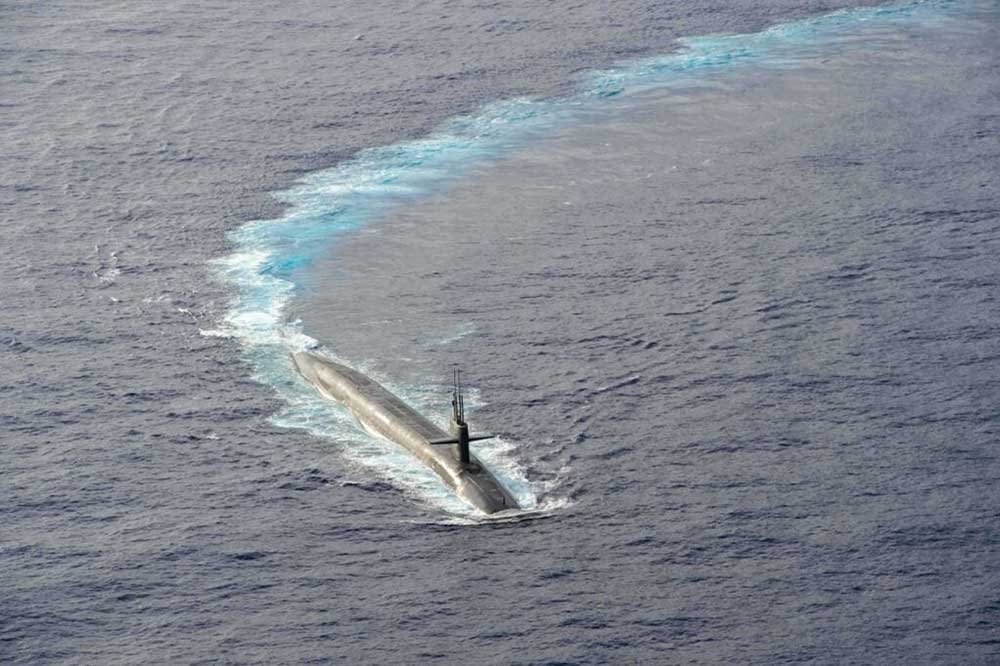
Although Op Sindoor was a success, India’s higher defence organisation requires fine-tuning, particularly through theatre commands for tri-service synergy. The current structure, with Service Chiefs enjoying autonomy and the CDS lacking operational authority, needs re-examination. The rules of the MoD, which state that the Defence of India rests with the Defence Secretary, require revision. The appointment of the CDS in 2020, with the Department of Military Affairs (DMA), was a welcome change in India’s civil-military relations. However, a joint warfare approach and effective inter-service synergy must be addressed at the theatre level, as India may face a two-front war.
In the United States, the Goldwater-Nichols Act of 1986 transformed the structure and command of the US military, enhancing the efficiency and effectiveness of joint operations by restructuring command relationships. Modern warfare’s transformation is not merely tactical but fundamental, requiring rethinking. India’s current structure includes 17 Military Commands with multiple three-star posts. In a potential conflict with its two nuclear-armed neighbours, India would engage four army commands, three air force commands, and two naval commands, none of which are collinear in their Areas of Responsibility (AoR), with no two headquarters collocated.
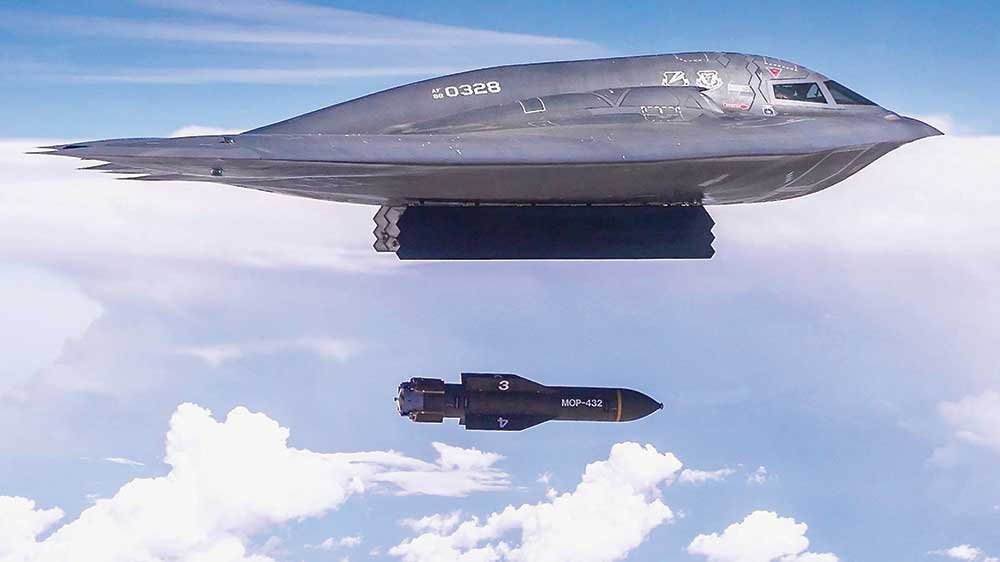
Israel has long viewed Iran’s nuclear ambitions as an existential threat, and from mid-June, it struck Iranian sites with planes and drones, killing several military leaders. Following this, US Operation Midnight Hammer, ordered by President Trump on June 21-22, 2025, targeted Iran’s five nuclear sites from air and sea, mirroring Operation Sindoor in principle. Midnight Hammer was a tri-service operation controlled from a single war room. B-2 Spirit stealth bombers, departing from the US heartland, delivered 420,000 pounds of explosives (GBU-57s), supported by refuelling tankers and fighter jets, targeting key underground uranium enrichment plants in Iran. An Ohio-class submarine fired dozens of Tomahawk cruise missiles from underwater towards two sites. Operation Midnight Hammer was a ‘precision strike’ that “devastated the Iranian nuclear program,” sharing similarities with Op Sindoor.
The current structure, with Service Chiefs enjoying autonomy and the CDS lacking operational authority, needs re-examination. The rules of the MoD, which state that the Defence of India rests with the Defence Secretary, require revision
In a ‘Decoy Plan’, even before US planes took off, elements of misdirection were employed. Trump publicly announced that “he’d decide within two weeks on whether to strike Iran”, ostensibly to allow time for negotiations, but in reality, masking the impending attack. One group of B-2 stealth bombers travelled from Missouri on June 21-22, 2025, with some heading west towards a US air base in the Pacific (like Guam) to act as decoys, while the main strike package flew east over the Atlantic and Mediterranean to strike targets in Iran. Official reports stated that 75 precision-guided weapons, including 14 GBU-57 “bunker buster” bombs deployed by seven B-2 Spirit stealth bombers and two-dozen Tomahawk cruise missiles launched from a US submarine, were used.
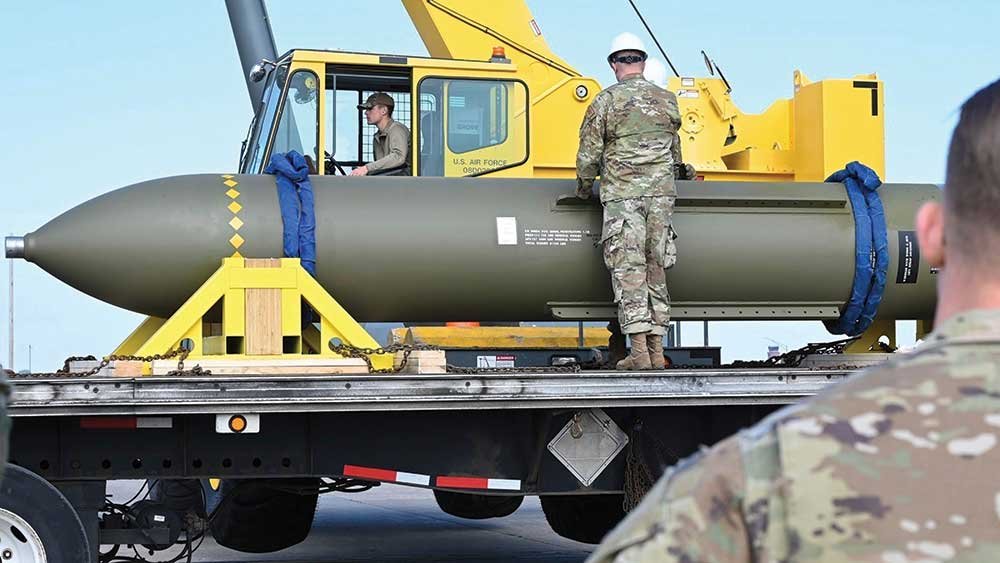
Takeaways
Op Sindoor was a message not only to Pakistan but also to China, which tacitly supports Pakistan with arms and funds, fuelling terrorism at home and abroad. PM Modi deserves credit for fulfilling his promise to teach Pakistan a lesson in deterrence against terrorism. However, deterrence requires a credible and powerful military. Op Sindoor highlights the urgent need to advance the proposed Theatre Commands for tri-service synergy. The current structure, which excludes the CDS and Service Chiefs from apex decision-making, must be revisited by the government.
–The author attended discussions on Op Sindoor and Op Midnight Hammer at All Souls College, Oxford. With Neil Harvey, his book ‘India’s Elephant Navy and China’s Dragon Navy @2025: Contesting to Have a Say in the Info Pacific’s ‘Pas de Deux-Churn’ will be released on August 15. The views expressed are personal and not of Raksha Anirveda
The writer is a naval author and curates a Maritime Museum at C 443 Defence Colony, New Delhi and writes and lectures on maritime issues.

